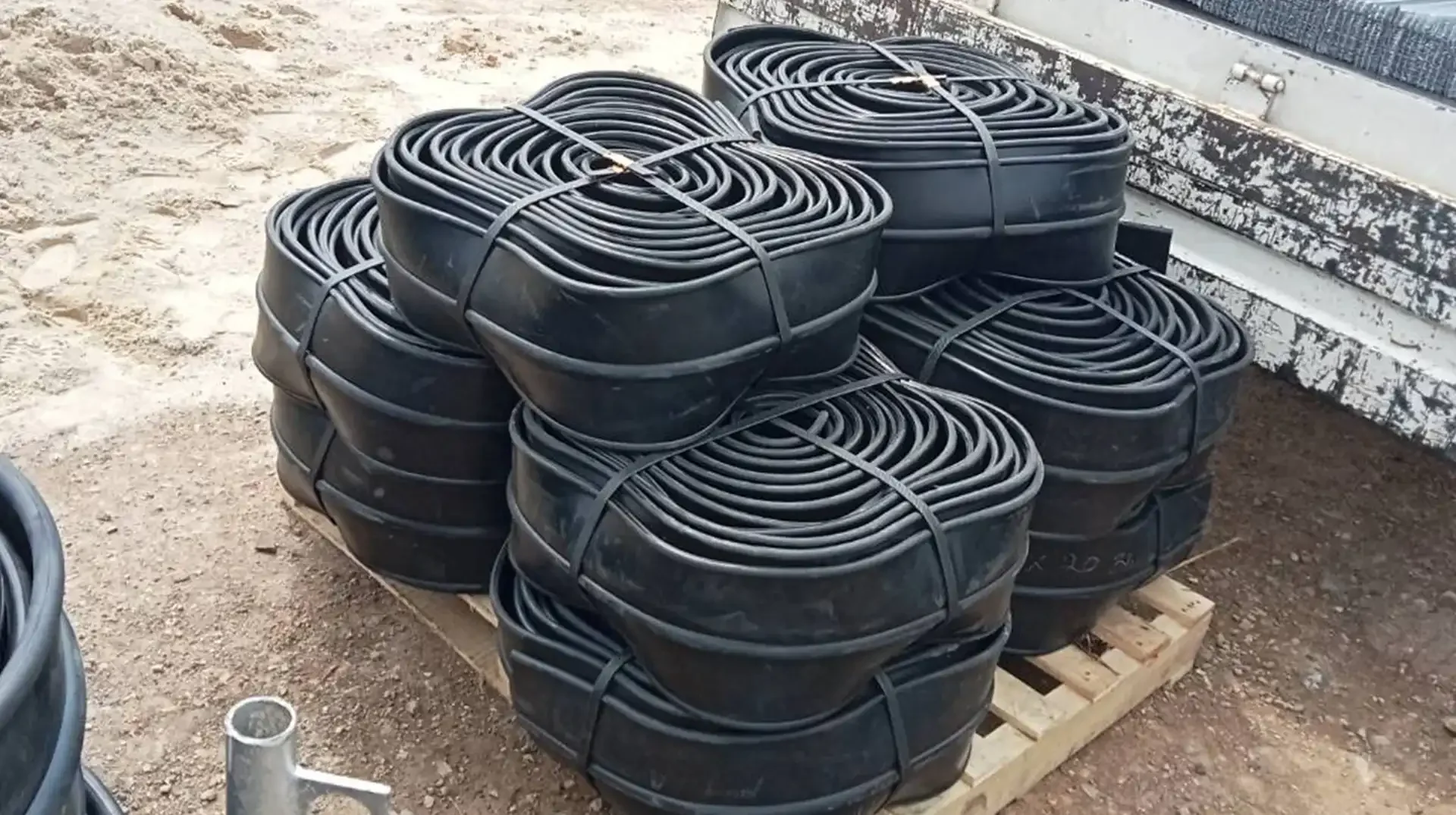Choosing the Right Waterstop for Your Construction Project

Waterproofing is essential in concrete construction projects as water leaks can significantly impact the strength and longevity of the structure. Selecting the right Waterstop involves considering the type of construction, as well as factors such as water pressure and environmental conditions. In this article, we will explore how to choose the right Waterstop for your project to ensure long-term efficiency and durability.
What is a Waterstop?
Before selecting the appropriate Waterstop, it is essential to understand what a Waterstop is. A Waterstop is a material used to prevent water leakage through concrete joints, which are vulnerable areas where water can penetrate. These joints might occur between floors and walls or where new concrete is poured to connect with old concrete. Waterstops act as barriers to block water from seeping through these joints.
Factors to Consider When Choosing a Waterstop
Selecting the right Waterstop requires consideration of several factors, including:
1. Type of Construction Project
The selection of Waterstops varies depending on the type of construction project. For example, underground projects, bridges, or high-rise buildings each have different waterproofing requirements. If the project faces large volumes of water, such as dams or swimming pools, it is essential to choose Waterstops that can provide high-efficiency waterproofing.
2. Water Pressure
Water pressure is a key factor in choosing a Waterstop. Waterstops must be able to handle varying levels of water pressure. In high-pressure environments, such as tunnels or water storage tanks, it is crucial to select Waterstops that can withstand significant water pressure to prevent leakage.
3. Environmental Conditions
The environment in which the Waterstop will be used also affects material choice. Harsh environments, such as areas with high temperatures, vibrations, or chemicals, require Waterstops that can withstand these conditions. For example, choosing materials resistant to chemicals or those that expand with temperature changes can be crucial in these environments.
4. Structural Movement
Some structures experience movement, such as bridges or tall buildings. Flexible Waterstops, such as those made of PVC or rubber, are suitable for projects that require flexibility in waterproofing because they can adjust to structural shifts.
Types of Waterstops and Their Applications
Waterstops come in various types and materials, each suited to different applications. The most common types include:
1. PVC (Polyvinyl Chloride) Waterstop
PVC Waterstops are highly flexible and durable, capable of withstanding water pressure. They are ideal for general construction projects that do not face extreme environmental conditions, such as concrete joints between floors and walls, large buildings, or minor structural movement.
Advantages:- Highly flexible and can withstand water pressure
- Easy to install in various joint configurations
- Available in multiple sizes and shapes
Applications: Commonly used in general construction, including commercial buildings, bridges, and structures with internal joints.
2. Rubber Waterstop
Rubber Waterstops are highly durable and flexible, suitable for projects with frequent movement or vibration, such as bridges, roads, or underground structures that require elasticity to prevent water leakage.
Advantages:- Can handle structural movement
- Resistant to high water pressure
- Highly flexible and durable
Applications: Commonly used in bridges, roads, or projects with structural shifts.
3. Hydrophilic Waterstop
Hydrophilic Waterstops have the unique property of expanding when exposed to water, sealing gaps in concrete joints. They are ideal for projects with significant water exposure, such as tunnels, dams, or water tanks.
Advantages:- Expands when exposed to water, sealing gaps in concrete
- Excellent at preventing water leakage in high-water conditions
Applications: Suitable for projects with significant water exposure, such as dams, swimming pools, or projects requiring high levels of waterproofing.
Installing Waterstops Effectively
In addition to choosing the right type of Waterstop, proper installation is crucial. Incorrect installation may cause the Waterstop to fail in preventing water leakage. The main steps for installing Waterstops include:
Steps to Install Waterstops
- Prepare the area: Ensure the installation area is clean and free from debris that could prevent proper adhesion.
- Place the Waterstop: Position the Waterstop in the joint where waterproofing is needed, ensuring it is properly aligned and secure.
- Pour the concrete: After placing the Waterstop, pour the concrete to cover the material, preventing movement and ensuring a complete installation.
- Inspect post-installation: Check after installation to ensure the Waterstop has not shifted and can effectively prevent water leakage.


